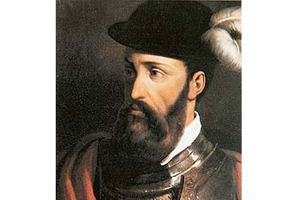Chiloe’s insular conditions have led to the development of one-of-a-kind plant and animal life. They have evolved over millions of years practically in isolation. Broadleaf, evergreen and Valdivian temperate forests are predominant on this island. They include species such as the Patagonian cypress (Fitzroya cupressoides), coigüe (Nothofagus dombeyi), cordilleran cypress (Austrocedrus chilensis), Chilean myrtle (Luma apiculata) and the olivillo (Aextoxicon punctatum).
Other species grow on the dunes, including Chilean rhubarb (Gunnera tinctoria), beach strawberry (Fragaria chiloensis), European beach grass and poe (Fascicularia bicolor).
We can also find large peat bogs in this region (ecosystems created by the accumulation of organic material and covered in moss). Mammals worth mentioning from this area include the south Andean deer (Hippocamelus bisulcus), pudu (Pudu pudu), Darwin’s fox (Lycalopex fulvipes), monito del monte (little mountain monkey, Dromiciops gliroides), long-nosed caenolestid (Rhyncholestes raphanurus), southern river otter (Lontra provocax), kodkod or Chilean cat (Felis guigna), marine otter (Lontra felina), south American sea lion (Otaria flavescens) and the south American fur seal (Arctocephalus australis).
A few birds found in the area are the Magellanic flightless steamer duck (Tachyeres pteneres), the Magellanic penguin (Spheniscus magellanicus) and the Humboldt penguin (Spheniscus humboldti).







